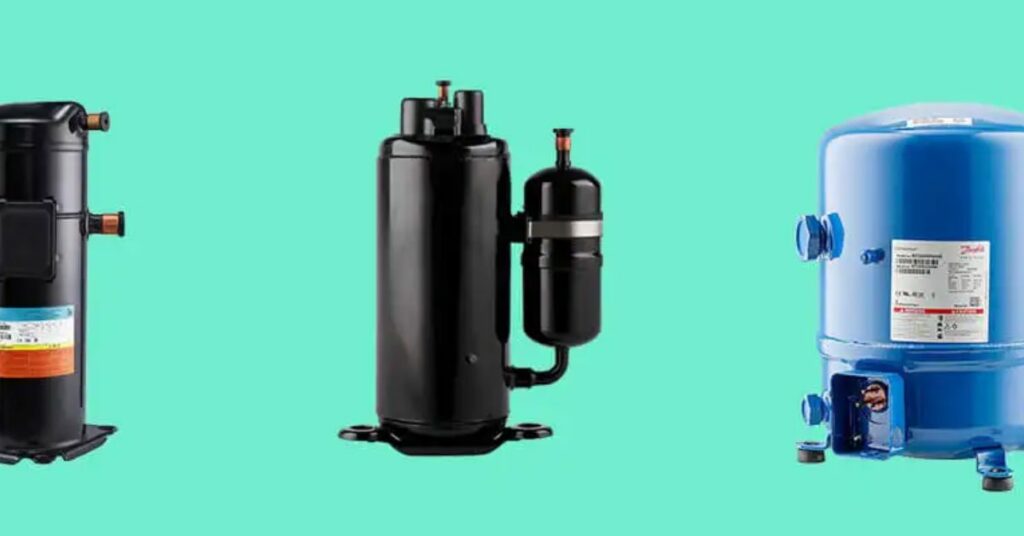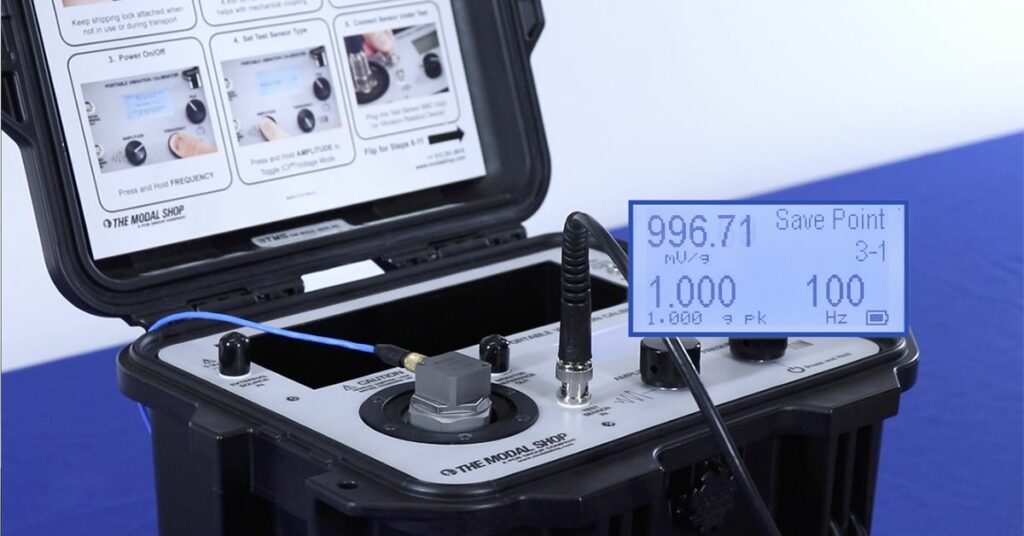However, amid the comfort it gives, have you stopped to ponder the ensemble of what number of decibels a refrigerator is?
The typical business refrigerator works between 45 dB and 75 decibels.
Go along with us on a cordial investigation as we demystify the decibels of this fundamental kitchen sidekick.
Understanding Decibels:
Understanding decibels is pivotal while surveying the sound degrees of different machines, including a refrigerator. Good intensity is measured in decibels (dB), a unit of measurement.
Regarding domestic devices, including refrigerators, the excellent level is ordinarily estimated in decibels to give shoppers a thought of the commotion created during activity.
A refrigerator’s decibel rating can change depending on its size, plan, and brand. Most present-day refrigerators discharge commotion levels from 35 to 45 decibels. This reach is OK for private settings, as it guarantees a negligible effect on the surrounding clamor inside a home.
Headways in innovation must prompt the improvement of calmer refrigeration frameworks, permitting customers to pick machines that align with their inclinations for a more favorable living climate.
Normal Decibel Levels:
refrigerators, when in doubt, fall inside the scope of 32 to 47 decibels. The difference relies upon variables like the refrigerator’s make, model, age, and the kind of blower it utilizes.
Factors Affecting Refrigerator Noise:
1. Type of compressor:

A refrigerator’s noise level is significantly influenced by the compressor type used. Current refrigerators frequently utilize further developed and calmer blower advancements, for example, inverter blowers, which work all the more proficiently and produce less commotion than customary blowers.
2. Plan and Protection:
The general plan of the refrigerator and the nature of protection are urgent in deciding commotion levels. Very much-planned refrigerators with satisfactory protection can hose the sound delivered by the blower and other moving parts, bringing about a calmer activity.
3. Size and Limit:
Bigger refrigerators will often have all the more impressive blowers and cooling frameworks, which can add to higher commotion levels. More modest, conservative models might deliver less clamor because of their diminished cooling limit and more modest parts.
4. Alteration and Upkeep:
More established refrigerators might encounter mileage on parts, prompting expanded commotion levels. Standard support, for example, cleaning the condenser curls and checking for free parts, can assist with guaranteeing ideal execution and limiting extreme commotion.
5. Area of the Blower:
The arrangement of the blower inside the refrigerator can influence clamor levels. The compressors of some models are positioned at the bottom or back of the appliance, away from the main storage area, to lessen the user’s exposure to operational noise.
6. Brand and Model:
Different, more excellent brands and models can fluctuate regarding commotion creation. Higher-end models may incorporate noise-reducing technologies and materials compared to less expensive or more basic options.
7. Cooling Fan:
A few refrigerators use fans to upgrade wind current and further develop cooling proficiency. The plan and nature of these fans can affect clamor levels. A more pleasant user experience is made possible by quieter fans or advanced control systems for fans.
Read More: What Stays Hot Even In The Refrigerator?-Comprehensive Guide
Measuring Refrigerator Decibels:
Estimating refrigerator decibels includes utilizing a sound level meter to measure the force of sound discharged by the machine during activity. Ordinarily communicated in decibels (dB), this estimation gives customers significant data about the clamor level of a refrigerator.
To get a precise reading, place the sound level meter at a reliable distance from the refrigerator and record the sound delivered while the machine is running.
The outcome is the total noise level, including the compressor, fans, and other operational components’ contributions.
Producers frequently give decibel evaluations to their refrigerators, helping purchasers pick machines that align with their inclinations for a calmer or less meddling home climate.
Read More: Can Refrigerators Get Wet?-Causes And Effects
How Loud is Your refrigerator?

Understanding decibel levels is more significant when set about day-to-day existence.
A refrigerator murmuring at around 40 decibels is practically identical to the encompassing commotion in a peaceful suburb. It’s an unobtrusive foundation mumble essential for home life’s natural tune.
Tips for a Quieter refrigerator Experience:
Refrain from finding that the hum from your refrigerator is too noticeable. There are straightforward advances you can take to guarantee a calmer conjunction:
1. Position Matters:
Think about the area of your refrigerator. Putting it on a level surface and avoiding tight nooks can lessen vibrations and commotion.
2. Level It Up:
Guarantee that your refrigerator is level. An ice chest inclining forward or in reverse might deliver more clamor. Change the evening out feet to accomplish balance.
3. Customary Support:
Keep your refrigerator all around kept up with. Clean the condenser curls and ensure the entryway seals are in great shape. A very much-kept ice chest is, in many cases, a calmer one.
4. Check for Vibrations:

Sound can be amplified by vibration. Check assuming the refrigerator is in touch with the wall or different surfaces that could communicate vibrations. Utilize
hostile-to-vibration cushions to limit this.
5. Move up to a Cutting edge Model:
If your refrigerator is one-of-a-kind, moving up to a more current model planned with sound decrease highlights can improve your kitchen’s serenity.
6. Mind the Temperature:
Try not to set the refrigerator to low temperatures unnecessarily. A moderate setting saves energy and adds to a calmer activity.
Read More: Will A New Refrigerator Trip GFCI?-Reasons And Solutions
Faqs:
1. Is a refrigerator 50 dB too loud?
The decibel levels of most refrigerators range from 30 to 50, which is a wide range.
2. What decibel is a calm refrigerator?
The typical commotion range for current refrigerator refrigerators is 32 to 47 dB. Anything calmer than 40 dB is viewed as a tranquil model, as this is the commotion level of a library.
3. Is 45 dB boisterous?
The recommended sound levels for communal settings are 45 to 55 decibels, especially in banquet rooms, shops, public restrooms, and open-arrangement workplaces.
4. Are ice chests loud?
Refrigerators will make some clamor while working. Assuming your refrigerator is making no clamor, the inside isn’t cold enough, yet the light is on; it could be a sign of a shortcoming.
5. What dB is unsafe commotion?
Over time, noise levels above 70 dB can hurt your hearing.
Conclusion:
In the spectacular ensemble of our homes, the refrigerator expects the job of a quiet maestro, leading the excellent orchestra of our regular routines.
The murmur it creates, a demonstration of its perpetual commitment, turns into a consoling tune woven into the texture of our homegrown presence.
In this way, whenever you open its entryway and hear the delicate murmur, pause for a minute to see the value in the hidden melody of your kitchen sidekick, guaranteeing that the concordance of the home remains undisturbed.




